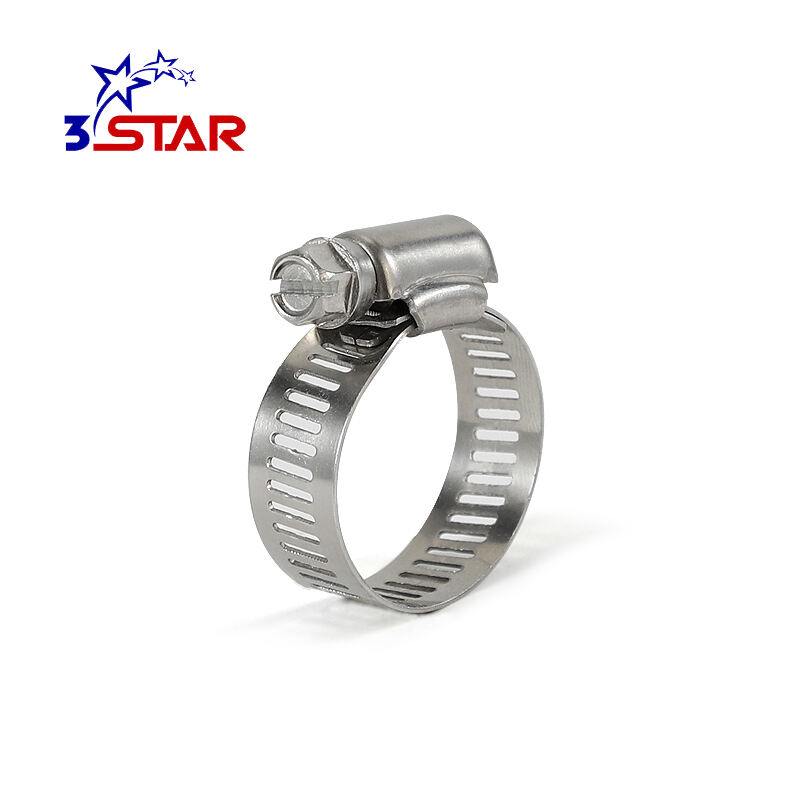Hose clamps play an important role in sealing hoses and preventing leaks in systems. Eventually, the clamps can wear out and may need to be replaced to maintain functionality. In this article here, we will explain five signs that a hose clamp needs replaced and how to replace it safely.
hose clamps show wear and disfigurement
The need for hose pipe clamp can be spotted quite early as wear and tear are visible from the word go. This may be by rust, corrosion and decay of the clamp material. Also, check on the clamp for cracks or other damagaing that might suggest it is time for a replacement.
Be sure to periodically inspect your hose clamps for deterioration that could cause unexpected leaks or equipment failure. By taking preemptive maintenance and replacing your old clamps you can keep repairs to a minimum but also the efficiency of the systems.
The significance of hose clamp inspection
Inspecting hose clamps works well to help keep your equipment safe, and operating efficiently. Not replacing worn clamps could make a machine leak or lose fluid, overheat a system and even ruin equipment. By keeping an eye on your narrow hose clamps you can catch the problems early and take care of them before they grow into more substantial issues.
Not only does regular hose clamp maintenance help keep your equipment running at its best, but it also can save on costly repairs that might be in your future. Regular inspection time for your clamps can help keep the systems running smoothly and prevent unplanned downtime.
How to recognize when it may be time to replace your hose clamps
Apart from a visual check of wear and tear there are some other visible indicators that your hose clamps may not be working effectively. These may include clamps which are free due to the fact that they are not holding the hose tight, and also those that have been misaligned or moved from their original position. If you see any of these signs replace the clamp right away to avoid leaks and harm to your system.
Some other warning signs of a potential problem with your flex hose clamp are hearing hissing or whistling noises in the area around the clamp and you can see fluid leaking through the connection edge. If you notice any of these signals, it’s important to check the clamp and replace when needed.
How to replace a hose clamp safely
If you need to replace a hose clamp, be sure you're taking the right steps for an effective replacement. Begin by choosing the proper size and style of clamp for your application. Then loosen and remove the existing clamp from the hose connection screwdriver or wrench.
When the old clamp is off, slide the new clamp up over the hose connection and secure it tightly with a screwdriver or wrench. Ensure the just clamp is tightened but not over tightened as it will damage the hose or fitting. Last but not least inspect the connection for possible leaks or other damage, and run the system to make sure everything is working nicely.
Positioning new hose clamps correctly
Once you have replaced a hose clamp, it is important to make sure that it has been installed properly so that you do not run into any problems. Please make sure the clamp is tight enough and the hose line linked up firmly. Check the room for leaks or any strange sounds that could signal a defective installation.
By checking and maintaining your hose clamps you can avoid leaks, which in turn helps maintain safety and efficiency of your supplies. If you are following these tips and replacing clamps when worn or broken there is no need to have those extra repair costs and downtime.

